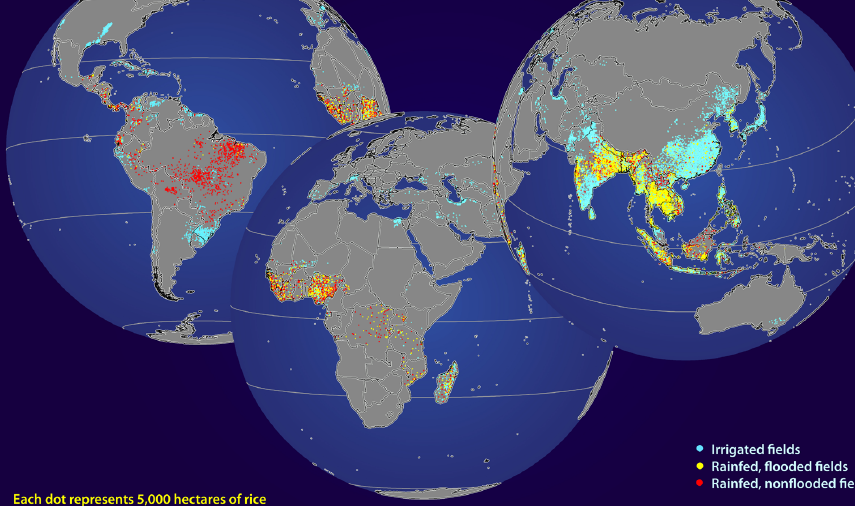There are about 7,000 languages currently spoken around the world. By 2100, there will half that, if we’re lucky. That’s according to Harrison and Gregory Anderson of the Living Tongues Institute for Endangered Languages in Oregon, who “traveled the world to interview the last speakers of critically endangered languages as part of the National Geographic Society’s Enduring Voices Project.” Here’s a telling quote from Harrison Anderson:
Most of what we know about species and ecosystems is not written down anywhere, it’s only in people’s heads.
Just compare the map of hotspots of language loss with those of centres of crop origin and diversity. When the last native speakers of those 3,500 doomed languages go in the next century or so, they’ll be taking with them irreplaceable knowledge of agricultural biodiversity. Knowledge which we’ll need to make the most of that agrobiodiversity, and indeed to conserve it in situ (should we wish to) 1.
